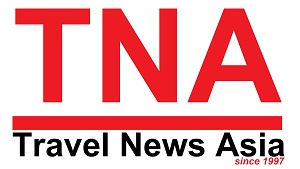|
International SOS has released Health Risk Map
2015, a tool to help organisations understand the medical risks in
the markets in which they operate.
The Health Risk Map series, now in its sixth
year, helps organisations such as multinational companies, NGOs,
educational institutions and governments identify how to
anticipate health threats to their employees.
Doug Quarry, Medical Director, Medical
Information and Analysis at International SOS said, �The analysis from our medical experts presents
a very interesting story about private healthcare services in some
African nations. We have seen continued investment in a number of
countries, often from foreign investors, including those in the
private medical insurance market. It means citizens, overseas
workers and expatriates, have access to higher standard hospital
facilities.
We have to view these improvements in the
context of the continent�s overall risks. Obviously, the ongoing
Ebola outbreak highlights the challenges in existing healthcare
systems. Nevertheless, these developments are a positive step for
healthcare in Africa. And while we are still talking about
relatively low numbers of new quality facilities, we may well see
more improvements of this nature in the coming years.�
Health Risk Map 2015
Without
a proper assessment, business travellers and international
assignees often have misconceptions about the risks they will be exposed to overseas. The International SOS Health Risk Map is
designed to help close the gap between the perception and reality
of health risks across the world.
Health Risk Map 2015
indicates health risk by the following categories: �Low�,
�Medium�, �High�, �Extreme� and �Large Rapidly Developing
Countries�.
Medical risk ratings provide an
overview of the threats of infectious disease, hygiene and
sanitation, accidents and the availability and quality of the
local health infrastructure. The ratings are determined by a panel
of International SOS Medical Directors.
The new
�Large Rapidly Developing Countries� category includes nations
where there is a vast difference between the high quality medical
care available in the major cities and the lower levels of care
generally available throughout the rest of the country. Countries
include Brazil, China and India.
�Recent International SOS data shows
that over 40% of our medical cases occur in countries classed as
�High� or �Extreme� risk. This is a significant increase from less
than 25% in 2010. Preparation of travellers, including a risk
assessment, education and health check programme for staff, will
reduce the need for intervention after travel,� added Dr Quarry. �This is especially important for people travelling to high and
extreme risk countries. Health Risk Map 2015 is just one of the
many tools that can help organisations plan and prepare for
operations around the world.�
ASEAN Tourism Forum,
ATF,
ATF 2015,
Nay Pyi Taw,
Myanmar,
International SOS,
Health,
Risk,
Security
|
